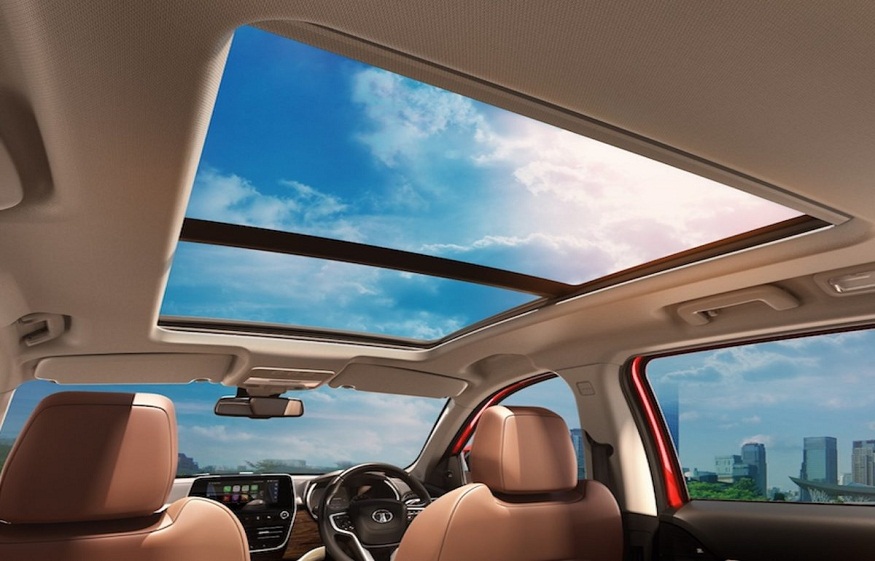A sunroof is a wonderful addition to any vehicle, offering natural light and fresh air while driving. However, like any part of your car, the sunroof can suffer damage due to accidents, weather conditions, or wear and tear over time. If your sunroof glass is cracked, shattered, or no longer functioning properly, replacing it becomes essential to maintain your car’s safety and aesthetics.
This guide will help you understand the process of sunroof glass replacement, whether you’re considering a DIY fix or opting for professional assistance.
Why Replace Damaged Sunroof Glass?
Driving with a damaged sunroof can lead to several issues:
- Compromised Safety: A cracked or broken sunroof weakens your car’s structural integrity.
- Water Leakage: Damaged glass or seals can allow water to seep into your vehicle, causing interior damage.
- Reduced Comfort: Broken glass can lead to increased noise, heat, and discomfort while driving.
For those in Florida, professional services for auto glass, like windshield replacement Florida, often include sunroof repairs and can ensure a hassle-free experience.
Tools and Materials for Sunroof Glass Replacement
If you’re considering replacing the sunroof glass yourself, you’ll need:
- Replacement sunroof glass specific to your vehicle model
- Screwdrivers and torque wrenches
- Sealant or adhesive
- Safety gloves and goggles
- Clean microfiber cloths
Step-by-Step Guide to Replacing Sunroof Glass
1. Assess the Damage
Before starting, evaluate the extent of the damage. If the frame or surrounding mechanisms are also affected, professional help is recommended.
2. Purchase the Correct Replacement Glass
Ensure the replacement glass matches your car’s make and model. Using incorrect parts can lead to improper fitting and further issues.
3. Remove the Damaged Sunroof Glass
- Open the sunroof partially to access the screws or bolts.
- Carefully unscrew the fasteners while supporting the glass to prevent it from falling.
- Lift the damaged glass away from the frame.
4. Prepare the Frame
- Clean the frame thoroughly to remove debris and old adhesive.
- Inspect the seals and replace them if necessary to ensure a watertight fit.
5. Install the New Glass
- Align the new sunroof glass with the frame.
- Secure it with screws or bolts, ensuring it is evenly tightened to prevent leaks.
- Test the sunroof to ensure it opens and closes smoothly.
When to Seek Professional Assistance
Sunroof glass replacement can be more complicated than other types of auto glass repairs due to the involvement of mechanical components. Consider professional help if:
- The damage includes the sunroof frame or motor.
- Your vehicle has a panoramic sunroof requiring precise alignment.
- You’re unsure about handling the replacement process safely.
Professionals also ensure proper sealing, minimizing the risk of leaks and long-term damage.
Post-Replacement Tips
Inspect for Leaks: After installation, test the sunroof by pouring water over it to ensure there are no leaks.
Regular Maintenance: Keep the sunroof tracks clean and lubricated for smooth operation.
Avoid Immediate Stress: Avoid opening the sunroof immediately after replacement to allow the adhesive to set.
Sunroof Glass vs. Windshield Glass
While sunroof and windshield glass share similarities, they have distinct features. Sunroof glass is typically tempered for durability and shatter resistance, whereas windshields are made of laminated glass to prevent shards in the event of a break.
If you’re addressing auto glass concerns beyond the sunroof, like a damaged windshield, consider professional windshield replacement Florida services to keep your vehicle road ready.
Final Thoughts
Sunroof glass replacement is an important task to maintain your vehicle’s safety, comfort, and value. Whether you choose to handle it yourself or hire a professional, ensure that the job is done correctly to avoid future complications.
When in doubt, trust experts to provide quality repairs and replacements, ensuring your sunroof—and your car—is back in top condition.


